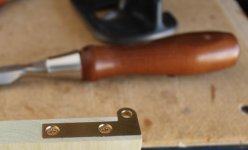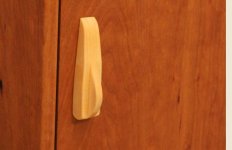Bugsysiegals
Member
- Joined
- Mar 19, 2016
- Messages
- 909
I received my Lee Valley Winter 2023 magazine and noticed these items but wondered ... why would anybody even need these? If you're making a Rabbit, Dado, Slot, etc. whether with Dado stack or router bit, don't they turn out good enough to throw some glue in there and assemble?




